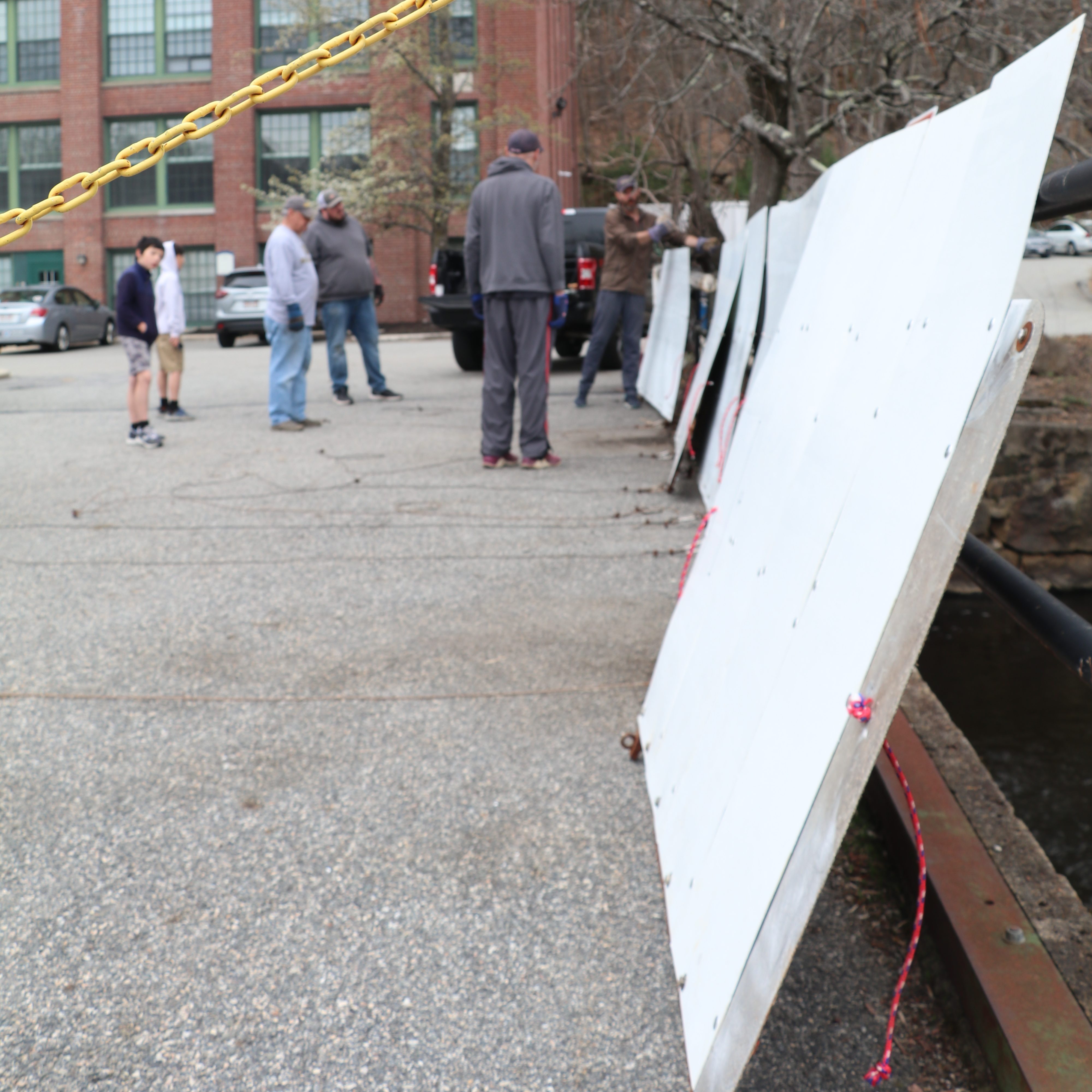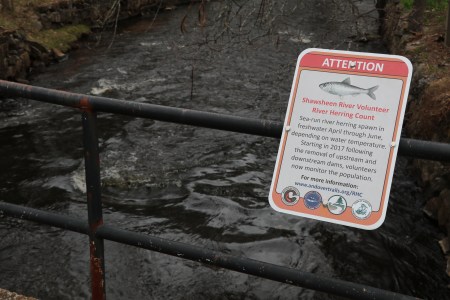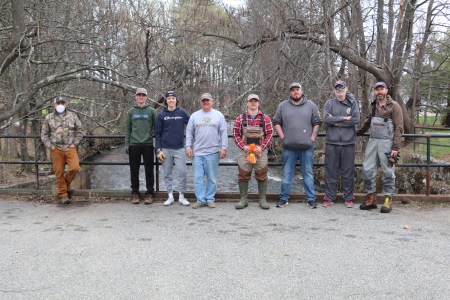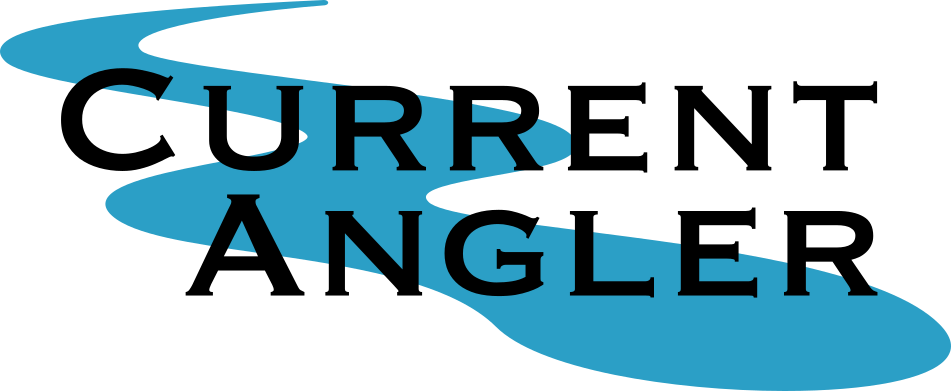For nearly all of history, river herring swam in massive schools from the expansive Atlantic Ocean, up the mighty Merrimack River, and into the smaller, calmer Shawsheen River to spawn. The journey was one that happened across the East Coast every spring, feeding millions of birds, mammals, fish, and humans along the way. For many, it marked the arrival of a new season.
It’s no mystery what happened to herring populations next. During the Age of Industrialization, dams began springing up on rivers to power mills, cutting off upstream fish passage completely. In the 1800’s, the Shawsheen reached the same fate as countless other nearby rivers, abandoning a natural resource which New Englanders once revered.
While herring and other migratory species had faced obstacles throughout history, from predation to pollution, never had they faced such an insurmountable obstruction. For nearly 200 years, these dams stood in the way of herring migration, all but ending their once-thriving populations. But just like any obstacle, we eventually realized these, too, would have to be overcome, if not for the good of ourselves, then for the good of the river.
In 2017, the two lower dams on the Shawsheen were removed, opening up miles of previously inaccessible spawning habitat for native migratory species. At that point, the dams – Balmoral and Stevens St. – were decrepit and served little purpose. Environmentalists rejoiced at the flourishing of returning species, recreationists were thrilled with the possibility of paddling a much longer, unobstructed course, and townspeople breathed a sigh of relief that such catastrophic flooding as the Mother’s Day Flood of 2006 wouldn’t happen again.
Now in its sixth year, a project tracking the resurgence of river herring populations (both alewives and blueback herring) in the Shawsheen is finally seeing promising results. We are noticing herring that were born in the river returning to spawn, and the effect these stream-born fish has had on the river’s populations is evident; just last year, 1,000 more herring made their way past the counting station than any of the prior years.
On Saturday, Massachusetts Native Fish Coalition members and volunteers met near the old Stevens Street dam to install contrast plates for the Shawsheen’s annual herring count. The count is the brainchild of Jon Honea, a fisheries biologist and conservationist who studied Pacific salmon populations out West, and has now moved cross-country to bring his expertise to recovering migratory Atlantic fish species. The plates are the work of MA NFC chair Bob Dalton in collaboration with fellow NFC’er Dave VanDooren. When resting on the bottom of the tannin-stained river, the contrast plates make any creature passing over the plates as visible as a large trout in the Swift River (which is very visible, for those who don’t get the reference).
To be a part of such a historic project is rewarding to say the least, but it doesn’t take putting in the plates to get involved. Anyone can stop by the counting site at Marland Place (off Stevens Street in Andover) to help count herring swimming by. Even if you don’t see any herring, as is so often the case, simply watching the water trickle by may be the most relaxing, therapeutic ten minutes of your day. Besides, you never know what you may see; frequent visitors include white suckers, fallfish, trout, huge carp, lamprey, aquatic mammals (admittedly I can’t tell a muskrat from a mink from an otter), herons, chatty nursing home residents, and more recently, northern pike.
Speaking of pike, this invasive fish serves as a strong reminder that there are still immense obstacles to overcome to restore the health of the river. While it isn’t feasible to remove all the invasives that plague the watershed, we must do what we can to support the native species as they struggle with increased competition.
Additionally, one large dam still remains on the Shawsheen, below which migratory fish stack up like shoppers on Black Friday, greedily waiting to be set free. Above this dam lies miles of currently inaccessible water, including the best spawning grounds. We can only hope that in the next few years, we are able to overcome this obstacle as we did the others.








Great article! I learned a lot. How long do the river herring run? In other words, how long do I have to come look at the contrast plates?
LikeLike
Only 10 minutes each time. And “each time” is whenever you have time to stop by. The count is going on now until early June. Thanks for your interest in helping out!
LikeLike